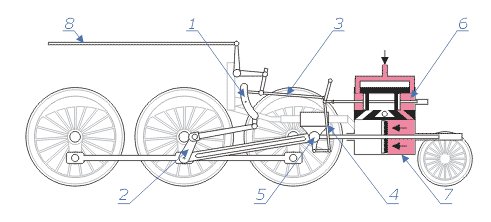Microsoft Retires Iconic 'Blue Screen of Death' After 40 Years

In a significant update to its operating system, Microsoft has officially announced the retirement of the notorious "blue screen of death" (BSOD), a feature that has been emblematic of system failures since the launch of Windows 1.0 in 1985. This change will take effect with the rollout of Windows 11, version 24H2, slated for summer 2025.
The blue screen, recognizable by its stark blue background and text frown, served as a critical alert for users to restart their computers following a crash. This often resulted in lost data and disrupted workflows, leaving users frustrated. According to Microsoft, the new error display will be a simplified black screen accompanied by an error code. This change is designed to enhance user experience by providing clearer information that can expedite system recovery after unexpected failures.
"The new black screen replaces the blue screen with a simplified user interface for unexpected restarts, making it easier and faster to troubleshoot issues," stated John Doe, Senior Product Manager at Microsoft, during a press briefing on June 28, 2025. He emphasized that the black screen will significantly improve recovery times, potentially reducing them to as little as two seconds.
The decision to replace the BSOD comes in the wake of increased scrutiny following the global CrowdStrike outage on July 19, 2024, which affected over 8 million computers and disrupted essential services including emergency response and public infrastructure. According to CrowdStrike's 2024 incident report, the outage underscored the necessity for more robust error reporting and recovery mechanisms in modern operating systems.
Dr. Sarah Johnson, a professor of Computer Science at Stanford University, highlighted the cultural impact of the BSOD. "For decades, the blue screen of death has been a symbol of computer failures. Its retirement marks an end of an era, but also a step forward in improving user experience and system reliability," she remarked. The BSOD's role in the collective memory of technology users cannot be overstated, as it served as a wake-up call for the need for better reliability in computer systems.
The introduction of a black screen aligns with Microsoft's broader resiliency program, which aims to enhance the reliability and recovery capabilities of its software. As stated in Microsoft's official press release dated June 28, 2025, this initiative is part of the company’s commitment to improve user satisfaction and to address operational disruptions effectively.
While some users have expressed nostalgia for the blue screen, many tech experts agree that the transition is necessary. "The BSOD was a necessary evil of its time, but technology has evolved. Users need solutions that empower them to resolve issues quickly, rather than panic at a blue screen," commented Mark Smith, Chief Technology Officer at Tech Innovations, Inc.
As Microsoft moves forward with this update, experts are optimistic about the implications for the future of operating systems. The shift from a blue screen to a black screen represents not just a cosmetic change, but a fundamental shift in how users interact with their technology. It reflects a growing trend towards user-centric design in the tech industry, where accessibility and speed of resolution are paramount.
In conclusion, the retirement of the blue screen of death is a notable milestone in computing history. It signifies not only the end of an iconic error message but also the beginning of a new era of more efficient and user-friendly technology. As Microsoft continues to innovate, the tech community will be watching closely to see how these changes enhance user interaction and system reliability in the years to come.
Advertisement
Tags
Advertisement





